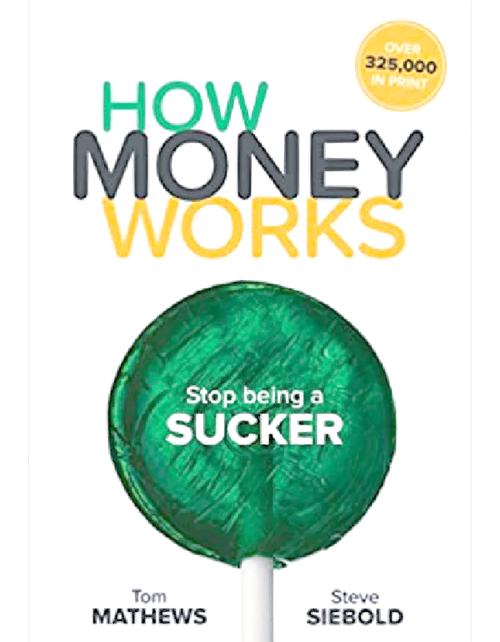
Understanding the Market
Before diving into the world of online vintage item selling, it’s crucial to understand the market you’re entering. Vintage items are those that are at least 20 to 100 years old, depending on the item. They are sought after for their uniqueness, historical value, and sometimes, their rarity. Research popular vintage items online to see what’s in demand. Websites like Etsy, eBay, and Facebook Marketplace are great places to start.
Choosing Your Niche
Once you have a grasp on the market, choose a niche. This could be vintage clothing, accessories, furniture, or even vintage toys. Specializing in a particular type of vintage item can help you build a reputation and attract a loyal customer base. For example, if you’re passionate about vintage clothing, you might focus on a specific era or style, like 1950s dresses or vintage denim.

Where to Source Vintage Items
Now that you know what you want to sell, it’s time to find your items. Here are some places to look:
| Source | Description |
|---|---|
| Thrift Stores | Local thrift stores are a treasure trove of vintage items. They often have a wide variety of items at affordable prices. |
| Garage Sales | Garage sales can be hit or miss, but they’re worth checking out if you’re looking for unique items. |
| Online Marketplaces | Online marketplaces like eBay, Etsy, and Facebook Marketplace are great for finding vintage items from sellers around the world. |
| Antique Stores | Antique stores often have higher-quality items, but they can be more expensive. |
| Online Forums and Groups | Join online forums and groups dedicated to vintage items. You can often find great deals and tips from fellow collectors. |
Preparation and Presentation
Once you have your items, it’s time to prepare them for sale. This includes cleaning, repairing, and staging the items for photos. High-quality photos are essential for online sales. They should be well-lit, clear, and show the item from multiple angles. Be honest about any flaws or wear and tear, as this builds trust with potential buyers.
Setting Up an Online Store
Choose an online platform to sell your vintage items. Etsy is a popular choice for vintage sellers, as it has a built-in audience and a user-friendly interface. eBay is another great option, especially if you’re looking to reach a wider audience. Facebook Marketplace is free to use and can be a good way to start if you’re new to online selling.
Pricing Your Items
Pricing your items can be tricky. You want to make a profit, but you also don’t want to price them too high and scare away potential buyers. Research similar items to see what they’re selling for. Consider the condition of your item, its rarity, and the demand for that particular item. Don’t forget to factor in shipping costs and any fees associated with your chosen platform.
Marketing Your Store
Once your store is set up, it’s time to start marketing it. Utilize social media platforms like Instagram, Facebook, and Pinterest to showcase your items. Join vintage-related groups and forums to connect with potential customers. Offer promotions or discounts to attract new customers and encourage repeat business.
Handling Sales and Customer Service
When a sale is made, ensure that the item is packaged securely and shipped promptly. Provide clear communication with your customers, and be responsive to any questions or concerns they may have. Positive customer experiences can lead to repeat business and good reviews, which are crucial for building a successful online business.
Expanding Your Business
As your business grows, consider expanding your offerings. You could start selling related items, such as vintage accessories or home decor. You could also consider selling vintage items in person at local events or markets. The key to success is to stay passionate about what you’re selling and to always be looking for ways to improve your business.


